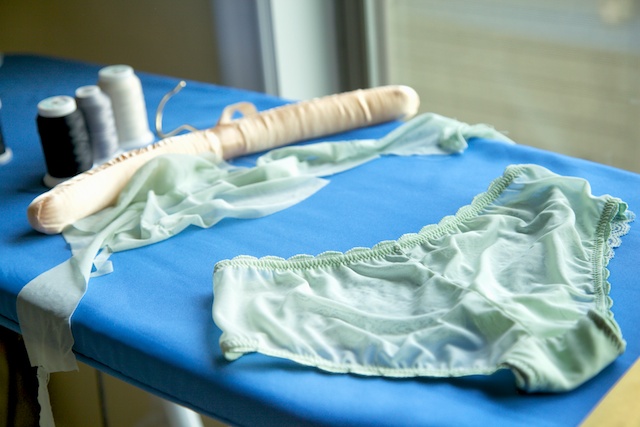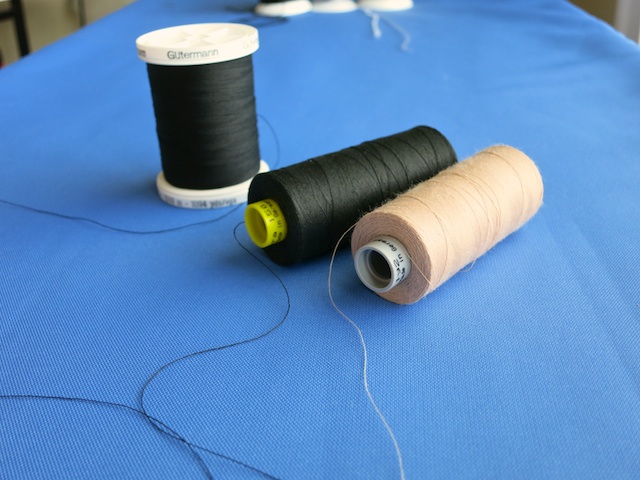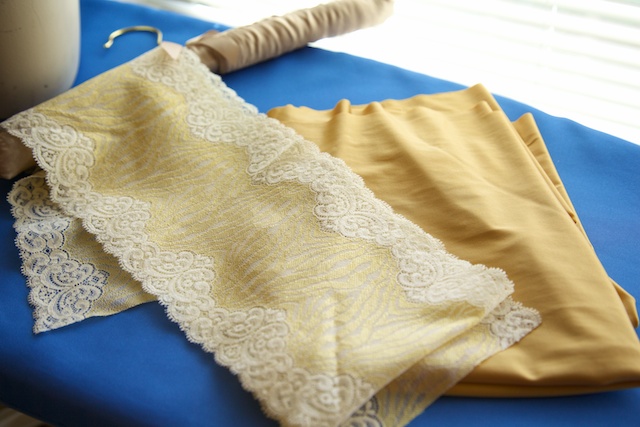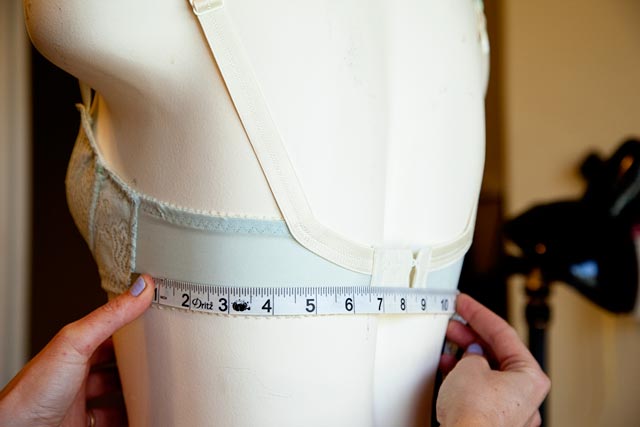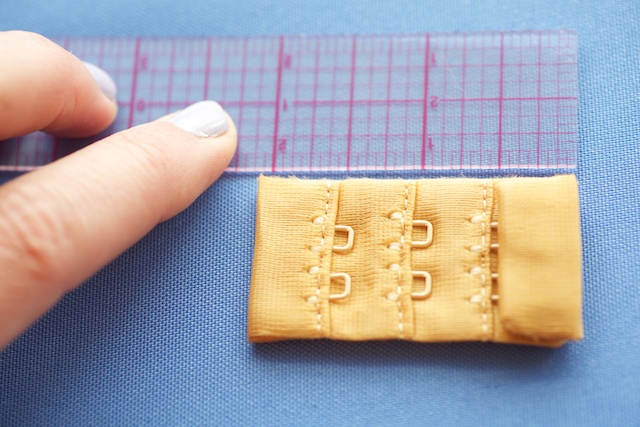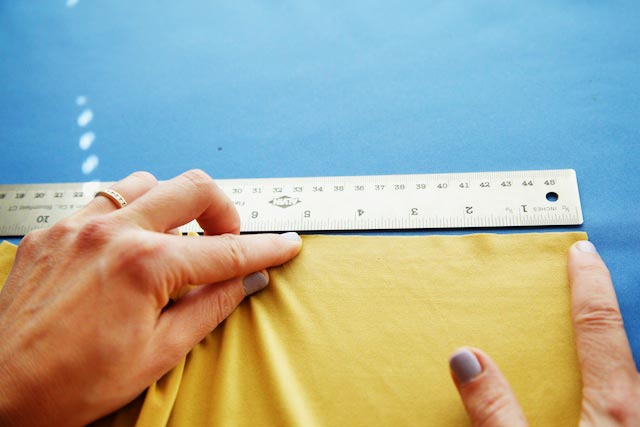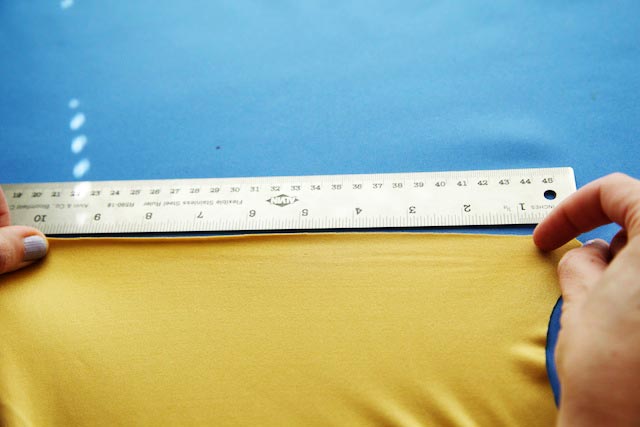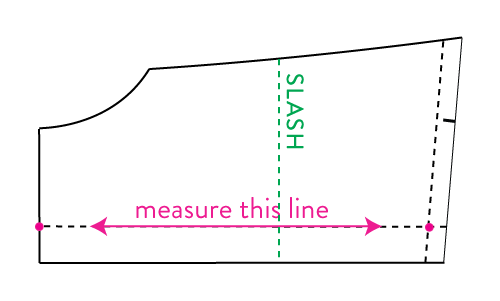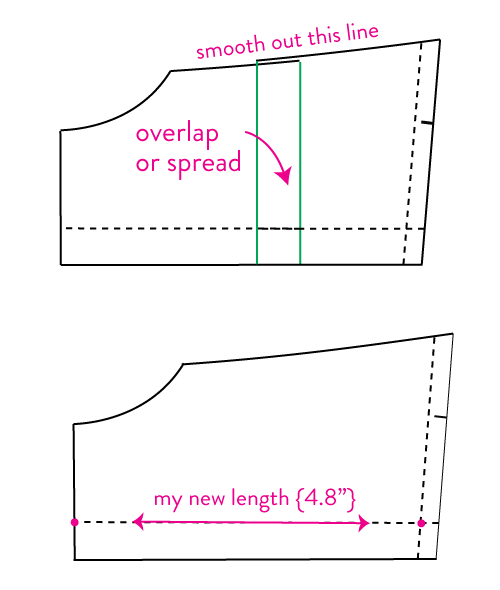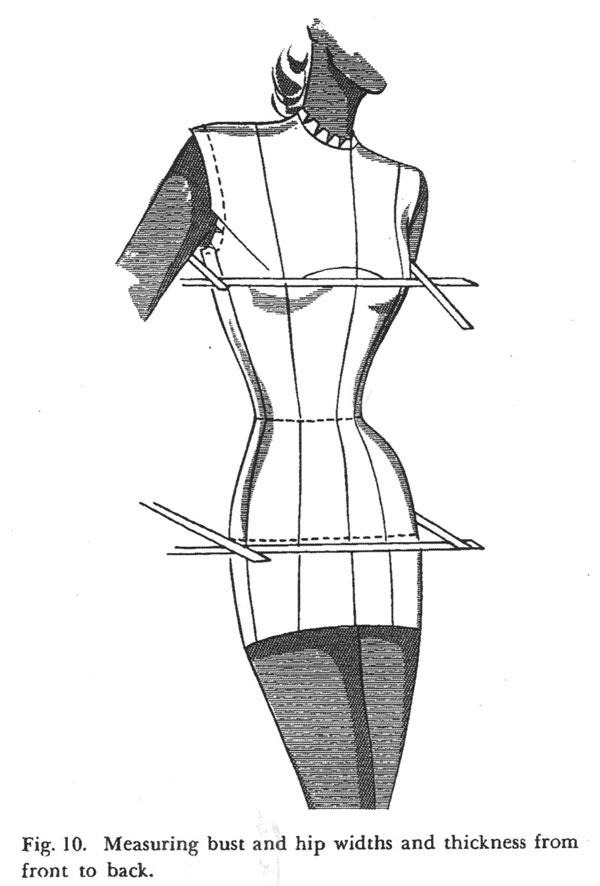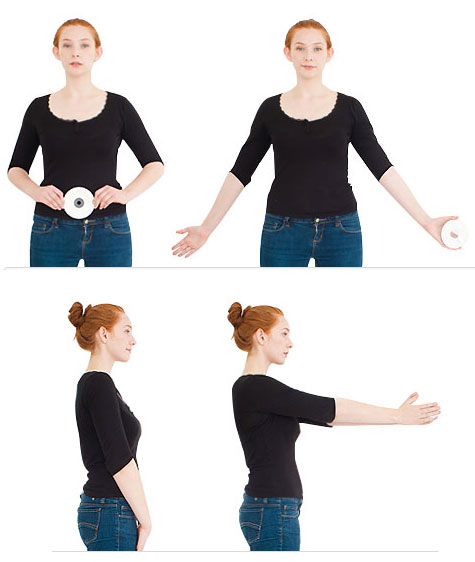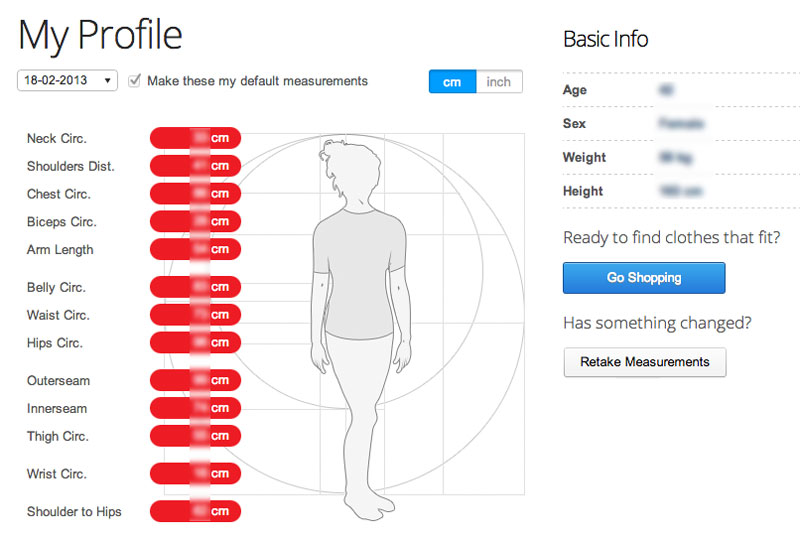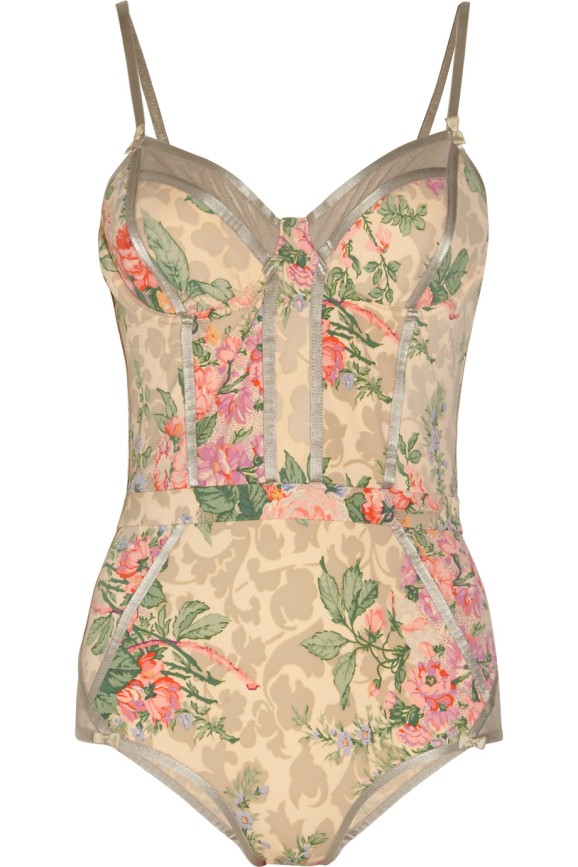Has it really been two weeks? We’re still in the throes of moving… boxes and boxes everywhere in both places. In the midst we’ve both managed to preserve tiny corners of creative spaces for our own sanity, so I packed up everything but my sewing machine and a few lingerie projects. I’ve been tweaking another new pattern lately which gave me an excuse to play with my latest fabric love, sheer stretch mesh. The mesh I’ve been using is so delicate and soft, and of course I had to spend an evening dyeing it, too! First minty green and then a pale gold-yellow…
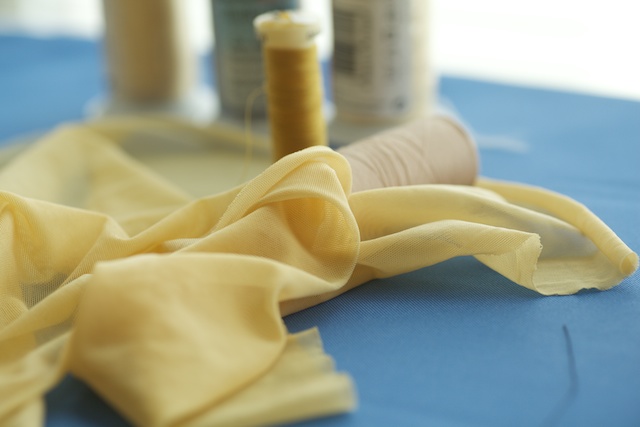
But it is a little picky about needles and stitch lengths. And even thread. So today I wanted to share a couple of my new favorite threads for lingerie and especially for these more delicate fabrics. Both are delicate but don’t snap under tension. I love how tailors are unequivocal about their buttonhole threads, and it was inevitable that I’d be that way about lingerie thread, too!
Gutermann A192 (or Mara 150) Fine Thread
Funny enough, it was the Cutter & Tailor forum where I first read about this as a good thread for fine shirtmaking. It is also recommended for silks and lingerie. It’s impossible to capture in photos the difference between these and their all-purpose brother above, but this is a remarkably fine but strong thread. It just sinks into fabrics and makes the topstitching on bra cup seams less bulky.
I’ve only found A192 in tailoring supply shops but it’s well worth the hunt! Mine came from from Oshman Brothers in NYC and according to their gracious owner, Gutermann is phasing out their A192 threads to a new thread called Mara 150, so you might find this thread under either name. I got one of each, since Oshman’s stock is still mostly the older type, but both are very fine, strong threads. I placed such a tiny order from them, but Mr. Oshman sent me a long email explaining the transition and the technology difference behind the new threads (core-spun polyester with microfiber core, etc.) If you want to understand thread, you have a willing teacher!
Wooly Nylon or Wooly Polyester
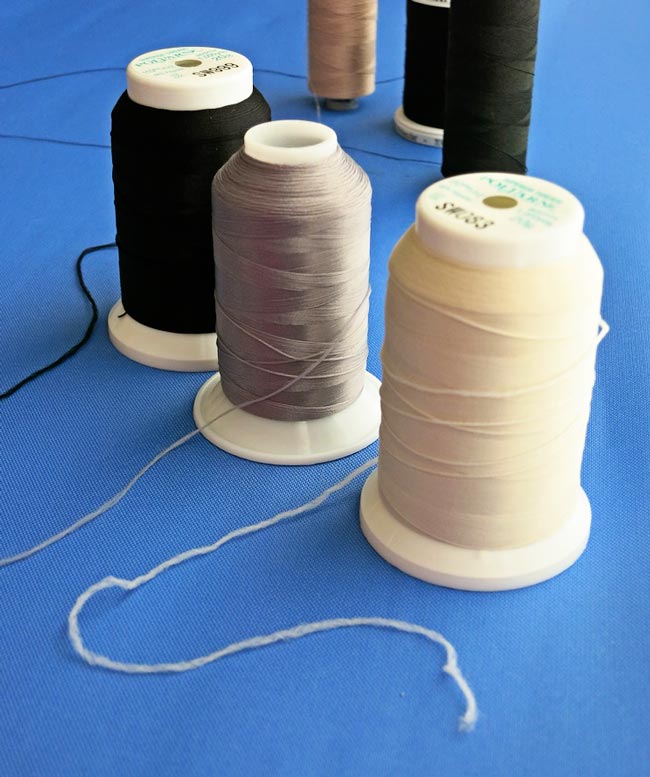
These are much easier to find in your local store, but I was missing out on a good secret! In knits and especially in underwear, wooly threads make the softest, airiest seams against the skin.
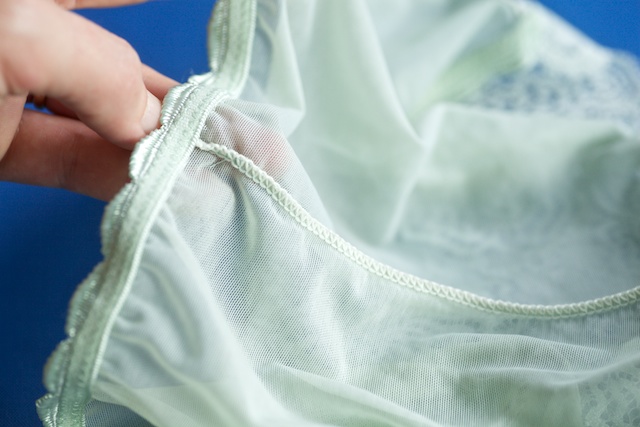
Until about a year ago I was in the dark about wooly nylon. And the first time I shopped for some I accidentally confused it with blindstitch thread. Oops, big difference! I ended up with a bunch of cones of plasticky thread I doubt I’ll ever use.
Wooly threads are kind of springy and spongy, and as you can see look like little cloud-strings. The most common type is wooly nylon but there is also wooly polyester.
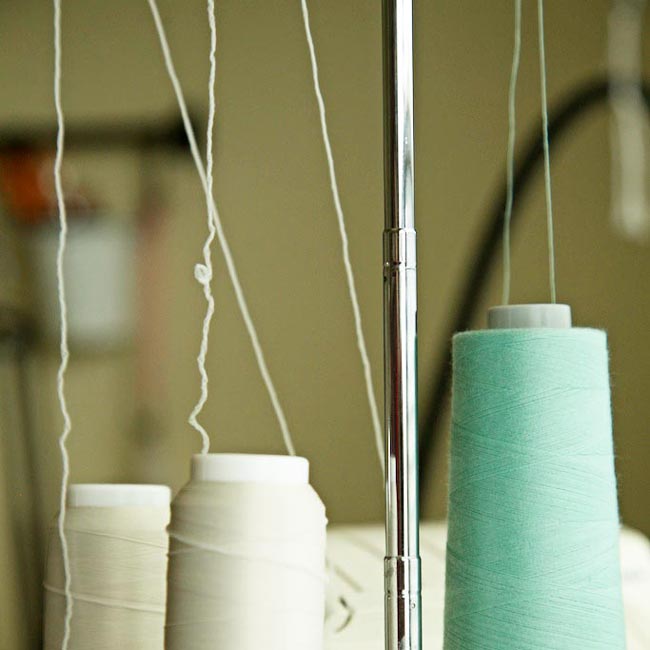
I don’t have tons of room for serger threads, so I have a bit of a color strategy. There are a few neutrals that seem to blend with everything. Ivory, dark grey, red, nude and a light grey have been great basics for most of my lingerie. The ivory blends into most pale warm colors. The light grey blends into most pale cool colors. The dark grey is good for blacks and very dark colors.
When serging, it’s easiest to use wooly thread in the loopers and regular serger thread in the needle. And the best way to get those spongy threads through the loopers is by tying the them onto the tails of your previous looper threads, then pulling them through. I learned that one the hard way…
Do you have any favorite threads?
Happy weekend! Now back to those boxes…

